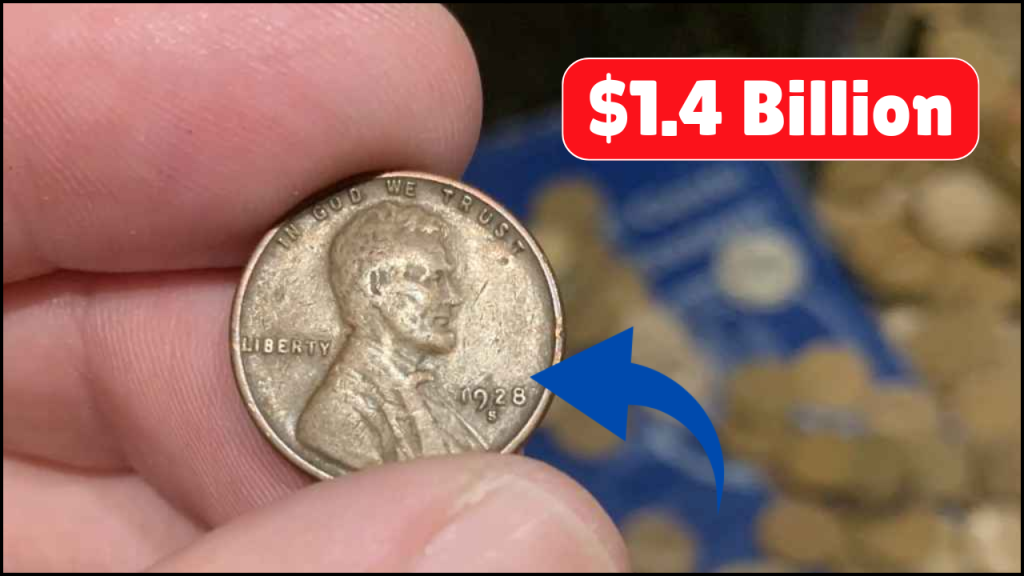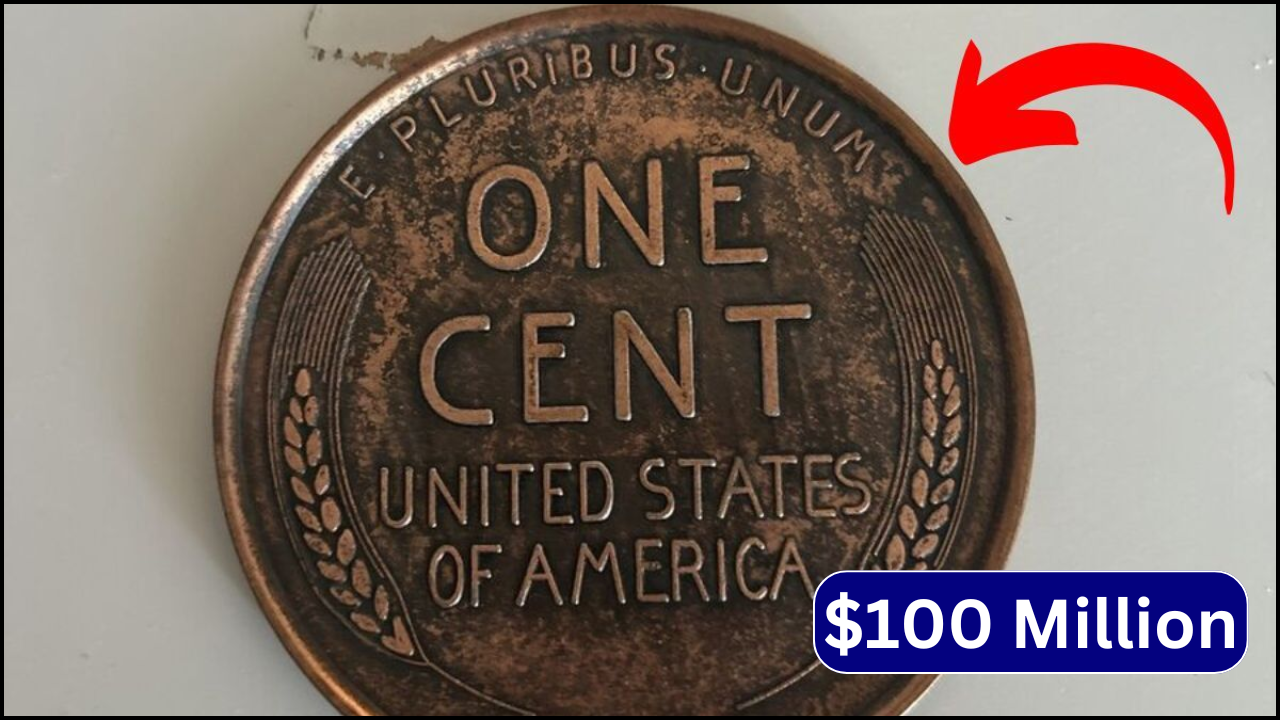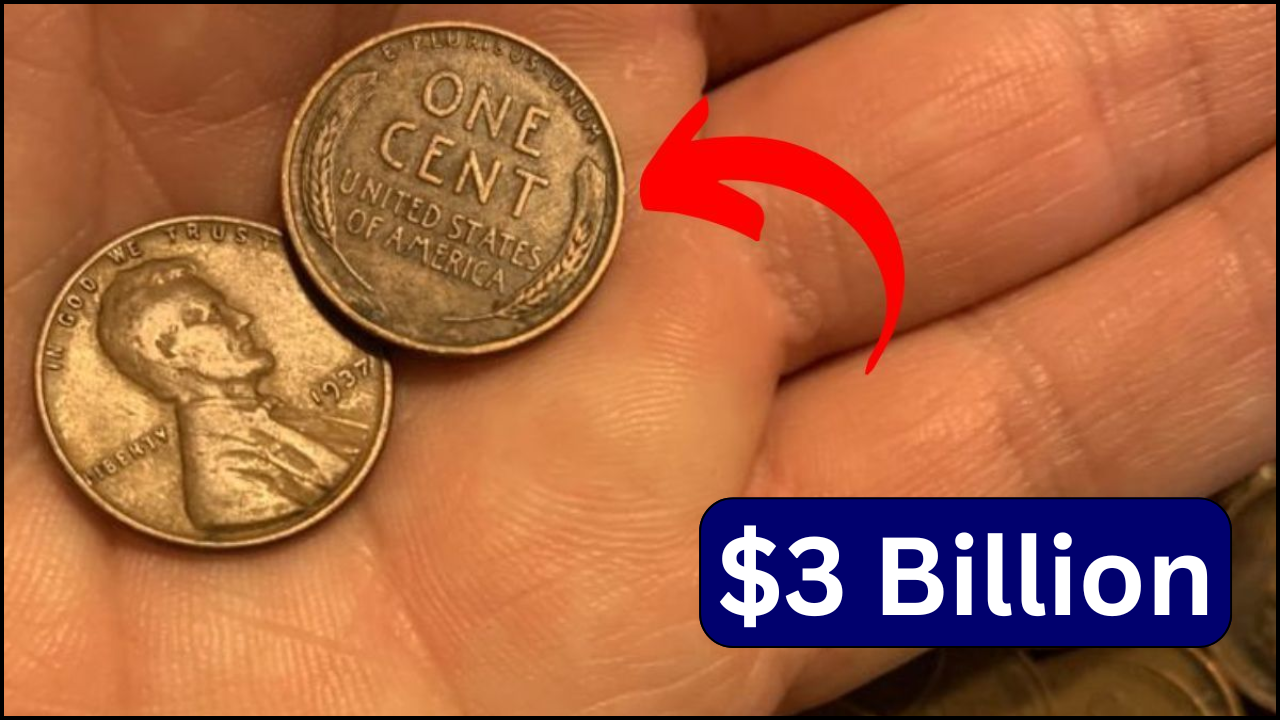
Imagine finding out that a simple penny in your pocket might be worth $1.4 billion! While this sounds like a fairy tale, some rare Lincoln Wheat Pennies have become extremely valuable collector’s items. What makes this even more exciting is that some valuable versions might still be in circulation today, passing through many hands unnoticed. Both serious coin collectors and everyday people are hoping to discover such treasures in their spare change or family coin collections.
History of the Lincoln Wheat Penny
The Lincoln Wheat Penny was first created in 1909 to celebrate the 100th anniversary of President Abraham Lincoln’s birth. This was a historic moment for American currency because it was the first regular U.S. coin to show a real person instead of a symbolic figure. The coin was designed by sculptor Victor D. Brenner with:
- Front side (obverse): Lincoln’s profile
- Back side (reverse): Two wheat stalks framing the words “ONE CENT”
These distinctive wheat stalks gave the coin its popular nickname. The Wheat Penny was produced from 1909 until 1958 when the design was changed to feature the Lincoln Memorial.
Rare Bicentennial Quarter Worth $2.2 Billion, Three Coins That Could Change Your Life
What Makes These Pennies So Valuable?
Several factors contribute to the extraordinary value of certain Lincoln Wheat Pennies:
- Rare minting errors – Such as double-die impressions where the design appears doubled
- Incorrect metal compositions – Like copper pennies made in 1943 when steel was supposed to be used due to wartime copper shortages
- Limited production runs – Some versions were produced in very small numbers
- Historical significance – Being one of the first coins to feature Abraham Lincoln
The Most Valuable Lincoln Wheat Pennies
| Penny Type | Estimated Value | What Makes It Special |
|---|---|---|
| The “Billion-Dollar” Penny | $1.4 billion (rumored) | Possibly a unique error coin or prototype with unusual metal composition |
| 1943 Copper Lincoln Penny | Up to $1.7 million | Mistakenly struck in copper instead of wartime steel |
| 1955 Double-Die Penny | Around $100,000 | Shows a distinct double image due to minting error |
| 1909-S VDB Penny | Over $50,000 | One of the original Wheat Pennies with designer’s initials (VDB) minted in San Francisco |
How to Identify a Potentially Valuable Wheat Penny
To spot a potentially valuable Wheat Penny, look for these features:
- Date range: Check for pennies minted between 1909 and 1958 with the wheat design on the back
- Mint marks: Look for “S” (San Francisco) or “D” (Denver) beneath the date on the front
- Manufacturing errors: Unusual colors, missing elements, or doubling of the design
- For 1943 pennies: Use a magnet – common steel cents will stick, while rare copper ones won’t
What to Do If You Think You’ve Found a Valuable Penny
If you believe you’ve found a valuable Wheat Penny:
- Handle it carefully – don’t clean it or touch the surface more than necessary
- Place it in a protective holder or coin flip
- Seek professional appraisal from an experienced coin dealer
- Consider using professional grading services like PCGS or NGC for authentication
Impact on Coin Collecting
The story of valuable Wheat Pennies has:
- Renewed interest in coin collecting as a hobby
- Encouraged people to check their change more carefully
- Created a modern treasure hunt that anyone can participate in
- Helped preserve pieces of American history
- Brought families together as they search for valuable coins
- Supported coin clubs, shows, and online communities
Realistic Expectations
While hunting for valuable Wheat Pennies is exciting, it’s important to keep realistic expectations:
- The most valuable specimens are extremely rare
- Market values can change based on condition and buyer interest
- Even finding a moderately valuable coin worth $10-$20 can be thrilling
- Many collectors find the knowledge gained and connections made with other enthusiasts more valuable than the coins themselves
Key Points to Remember
- Check dates and mint marks: Pay special attention to key dates like 1909-S, 1914-D, and 1931-S
- Look for errors: Double-dies, off-centers, and wrong planchets (metal types) can be valuable
- Condition matters: Better condition means higher value
- Don’t clean coins: Cleaning can significantly reduce a coin’s value
- Enjoy the hunt: The fun of searching can be as rewarding as finding valuable coins
- Learn as you go: The knowledge you gain about American history and coinage is valuable too
Conclusion
While finding a billion-dollar penny might be extremely unlikely, many valuable Wheat Pennies are still potentially out there waiting to be discovered. The hunt for these treasures has transformed everyday coin handling into an exciting activity for many Americans. Even if you don’t strike it rich, collecting and learning about these historic coins can be a rewarding hobby that connects you with American history and fellow enthusiasts. So next time you receive change, take a moment to check those pennies – you never know what might be hiding in plain sight!




